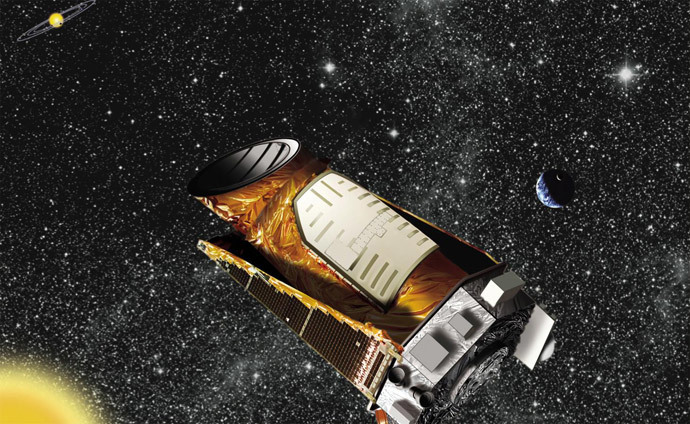Kepler space telescope ready to start new hunt for exoplanets

NASA’s Kepler spacecraft is now fully operational for its new “Second Light” K2 mission. The telescope specializing in seeking planets outside of the solar system suffered a major malfunction last year, but scientists adapted it for use in another way.
Kepler was originally launched in 2009. The $600 million Sun-orbiting space telescope discovered more than 3,800 potential exoplanets over the next four years, with 960 of those confirmed as such by follow-up studies.
In May 2013, a second of the four reaction wheels broke on the spacecraft. These devices are used to control attitude and in case of Kepler keeping the telescope pointed steadily at a star waiting for small flickers of light indicating a planet passing across it. Kepler needed at least three to operate properly, so the loss meant that it could no longer collect scientific data.

But scientists in November 2013 announced a plan to give a second life to the spacecraft by using the two remaining wheels and thrusters. The K2 mission, dubbed “Second Light,” involves the telescope using the pressure of the Sun’s light to rotate the craft in place of the failed wheel.
This means that that engineers have to keep Kepler’s faceted side in a way that would make light’s pressure even and not making it spin.

It also can no longer keep looking at the same point in the sky constantly as it used to, because Kepler has to be rotated regularly to avoid sunlight from entering it and damaging the sensor array. But thanks to a wide field of view the telescope can still bring much data about the stars close enough to our own system.
NASA got funding to extend Kepler’s mission in May. Now the telescope is fully operational and ready for a series of 83-day observation campaigns, the US space agency says on its website.















